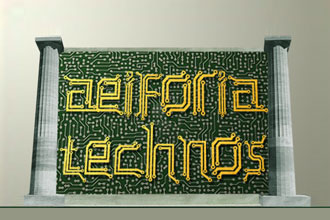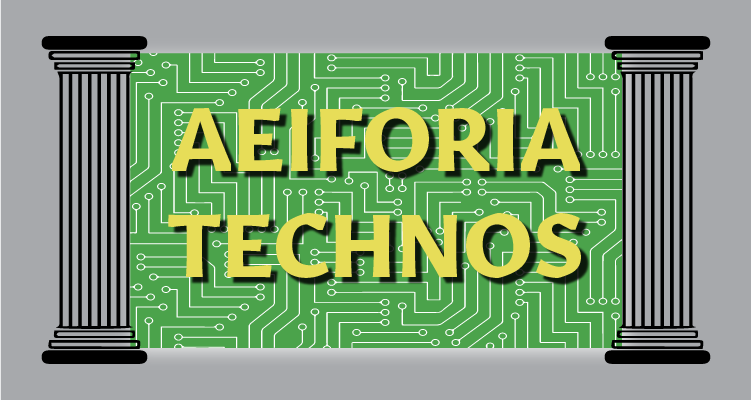Time to Play in the Sandbox Together
 I am currently working on a two-hour online presentation for the Green Building Research Institute called iGreen: Digital Technology for the Next Generation due out in October and while doing research on the topic came across what could be one of the best paradigm shifts in the Green Building movement — USGBC, ASHRAE and the ICC are partnering up. As many of you know, LEED has been the proverbial 800-pound gorilla in the green building industry for some time now with others elbowing for their mark on the industry. Due to some challenges with the LEED rating system, these others have started to gain a foothold providing alternatives to using LEED as a measure of success in sustainable building. This partnership may help to shore up holes and prove to be a stronger influence in the industry for the USGBC and its partners.
I am currently working on a two-hour online presentation for the Green Building Research Institute called iGreen: Digital Technology for the Next Generation due out in October and while doing research on the topic came across what could be one of the best paradigm shifts in the Green Building movement — USGBC, ASHRAE and the ICC are partnering up. As many of you know, LEED has been the proverbial 800-pound gorilla in the green building industry for some time now with others elbowing for their mark on the industry. Due to some challenges with the LEED rating system, these others have started to gain a foothold providing alternatives to using LEED as a measure of success in sustainable building. This partnership may help to shore up holes and prove to be a stronger influence in the industry for the USGBC and its partners.
The coalition will consist of five of the major U.S. standard developers including the U.S. Green Building Council, the American Institute of Architects, The Illuminating Engineering Society, the International Code Council and ASHRAE. The partnership will develop a three-part system with the goal of simplifying implementation of local green building regulations and incentive programs and aims to align ASHRAE 189.1, the LEED rating system and the International Green Construction Code. This does not mean however that a new organization will be the result. Each member will maintain their development process and stay as independent organizations.
So the new plan includes updating ASHRAE 189.1, which is the standard for high performance green buildings, by better aligning baseline metrics and technical requirements with the LEED system while maintaining an independent consensus under the ANSI standards guidelines. Secondly the conversion of the still fresh-off-the-press International Green Construction Code into a code-enforceable version of the ASHRAE 189.1 standard which it is now an alternate compliance path. The third tier will now have the LEED system interfacing with the IGCC allowing the IGCC to serve as an alternate path towards achieving prerequisites for LEED. This will simplify movement from the baseline code to a LEED certification. Additionally LEED will have stronger ties to AHSRAE 189.1 as new versions are created and adopted. The credits will remain squarely in the LEED camp but assist where jurisdictions have adopted the IGCC in achieving certification.
So in “big picture” terms this puts ASHRAE squarely at the center of the sustainable standard solar system. This is aided by ASHRAE, IES, and the USGBC sponsoring the IGCC while the ICC and AIA sponsor ASHRAE’s 189.1. A joint steering committee will help oversee the integrated development process. This is not too dissimilar to how the STEP Foundation, keeper of the keys for the STEP Rating System, operates with its member organizations who are all standards creating entities and it will be interesting to see if the STEP Foundation looks to be involved with this merger as well.
The result of this will be an increase in green buildings as any project within a jurisdiction that has adopted the IGCC will have met the pre-requisites just by following the code. This will ultimately reduce paperwork as the documentation required to show code compliance will satisfy the LEED documentation requirements. Adoption of the IGCC is on a steady rise with the State of Maryland being the latest. This does not, however, lock out other green rating systems such as Green Globes as the IGCC is an open source system and can benefit other rating systems as well.
This partnership and the merger of the IGCC with ASHRAE 189.1 looks to bolster the adoption of green construction codes which to date have fallen flat. This is partly due to the bottom of the economy falling out and a perceived notion that green building costs a whole lot more, but also does to push back from several industries such as the timber, plastic, and chemical industry. By pointing the LEED technical content directly at an ANSI standard, it will be harder for these industries to attack based solely on LEED’s consensus process. This also helps the Authority Having Jurisdiction having a code to point to for compliance with green buildings and takes off the reliance on jurisdiction using LEED as a regulatory tool with no teeth. Once all of the ducks are in a row and everyone has had their input, the expected agreement enforcement date is sometime in 2017. Part of this is because the IGCC and ASHRAE 189.1 have new releases due out soon. It certainly will be an interesting thing to watch develop as the kids in the sandbox start to build their castle. Let’s hope no one starts to thrown sand and we wind up with the kid with the bucket going home.




